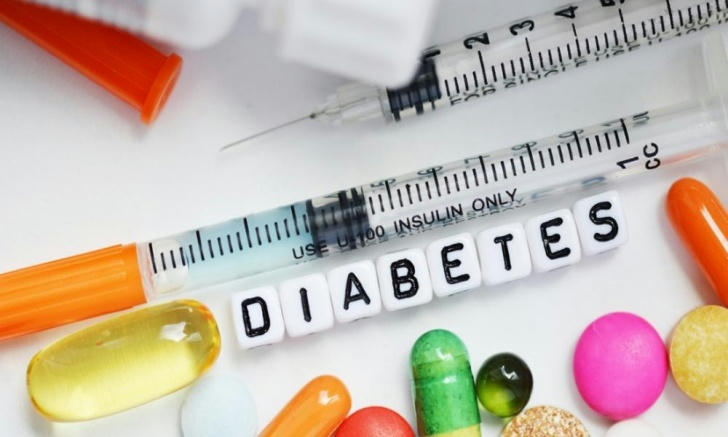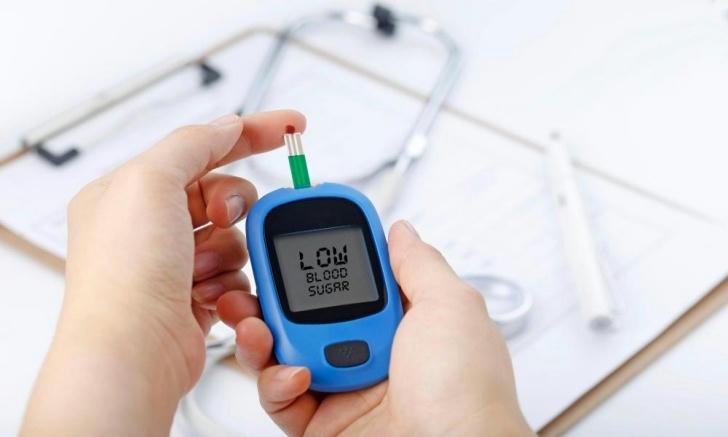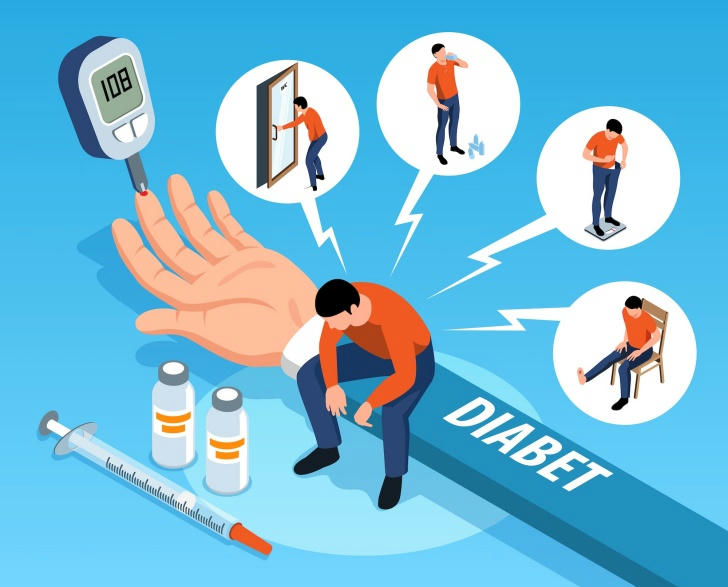A Comprehensive Guide to Diabetes: Understanding, Preventing, and Managing to Stay Risk•Free
Diabetes is a common chronic disease that affects millions of people in the United States. According to the American Diabetes Association (ADA), about 300 million people are living with diabetes or prediabetes. Diabetes not only impacts blood sugar control but can also cause long•term damage to various systems such as the heart, kidneys, and eyesight. However, diabetes can be managed through early diagnosis, a healthy lifestyle, and effective treatments. This article will introduce the basic knowledge, types, symptoms, causes, and prevention methods of diabetes, helping you better understand this common condition.

1. What is Diabetes?
Diabetes is a group of metabolic disorders related to insulin, typically characterized by high blood sugar levels (glucose in the blood). Insulin is a hormone produced by the pancreas that helps cells absorb glucose and convert it into energy. When insulin cannot function properly, blood sugar levels rise, leading to diabetes.
2. Types of Diabetes
There are several types of diabetes, with the most common being Type 1 diabetes, Type 2 diabetes, and gestational diabetes.
• Type 1 Diabetes: Type 1 diabetes usually occurs in children and teenagers, though it can develop at any age. The main characteristic of this type is that the pancreas cannot produce enough insulin. Due to insufficient insulin production, patients must inject insulin to maintain normal blood sugar levels. The exact cause of Type 1 diabetes is not fully understood but is generally related to an immune system attack on the insulin•producing cells in the pancreas.
• Type 2 Diabetes: Type 2 diabetes is the most common type, accounting for about 90% of all diabetes cases. It typically occurs in adults, but is increasingly found in children and adolescents. The primary feature of Type 2 diabetes is insulin resistance, meaning the body's cells no longer respond effectively to insulin, causing blood sugar levels to rise. As the condition progresses, the pancreas may be unable to produce enough insulin. Lifestyle factors such as obesity, poor diet, and lack of exercise are major risk factors for Type 2 diabetes.
• Gestational Diabetes: Gestational diabetes is a condition that some pregnant women experience during pregnancy, characterized by elevated blood sugar levels. While this condition usually disappears after childbirth, women with gestational diabetes are at higher risk of developing Type 2 diabetes in the future.
3. Symptoms of Diabetes
The symptoms of diabetes are typically related to high blood sugar levels and include:
• Frequent urination: When blood sugar levels are high, the body attempts to expel excess sugar through increased urination.
• Excessive thirst: Frequent urination leads to dehydration, causing intense thirst.
• Extreme hunger: Despite high blood sugar, cells cannot absorb energy properly, leading to constant hunger.
• Fatigue: Inability to effectively convert blood sugar into energy results in persistent tiredness and weakness.
• Blurred vision: High blood sugar may affect the lens of the eye, leading to temporary blurred vision.
• Slow wound healing: High blood sugar can impair the body's ability to repair injuries.

4. Causes of Diabetes
The causes of diabetes vary depending on the type, but in general, both genetic and environmental factors contribute to the development of diabetes.
• Type 1 Diabetes: While genetics play an important role in the onset of Type 1 diabetes, it is usually an autoimmune disease where the immune system mistakenly attacks insulin•producing cells in the pancreas.
• Type 2 Diabetes: Risk factors for Type 2 diabetes include genetic predisposition, obesity, lack of physical activity, poor diet, and aging. As weight increases, especially with abdominal fat accumulation, the body's ability to resist insulin gradually increases, ultimately leading to Type 2 diabetes.
5. Prevention and Management of Diabetes
The prevention and management of diabetes generally involve lifestyle changes and medication.
• Healthy Diet: A balanced diet is key to preventing and managing diabetes. Reduce the intake of high•sugar foods, and focus on consuming fiber•rich foods such as whole grains, vegetables, and fruits. Cut down on high•fat and high•calorie foods to maintain a healthy weight.
• Regular Exercise: Engaging in at least 150 minutes of moderate•intensity aerobic exercise per week (such as brisk walking, running, or cycling) can effectively reduce the risk of Type 2 diabetes and help manage blood sugar levels for people with diabetes.
• Maintain a Healthy Weight: Obesity is one of the main risk factors for Type 2 diabetes. By controlling weight through diet and exercise, you can significantly reduce the risk of developing diabetes.
• Regular Blood Sugar Monitoring: For individuals with diabetes, monitoring blood sugar levels regularly is essential. Working with a healthcare provider to adjust diet, exercise, and medication can help keep blood sugar levels stable.
• Medication: For people with Type 1 diabetes, insulin injections are essential. For Type 2 diabetes, medications (such as oral hypoglycemic agents or insulin) help control blood sugar levels. In some cases, Type 2 diabetes patients may need medication to improve insulin sensitivity or increase insulin production.

6. Complications of Diabetes
If diabetes is not effectively managed, it can lead to a range of serious complications, including:
• Cardiovascular Disease: Diabetes increases the risk of heart disease and stroke.
• Kidney Disease: Diabetes is one of the leading causes of kidney failure.
• Vision Loss: Chronic high blood sugar can lead to retinal damage, ultimately causing blindness.
• Nerve Damage: Diabetes can damage peripheral nerves, leading to pain, numbness, and tingling.
• Foot Problems: Diabetes increases the risk of foot infections, which, in severe cases, may require amputation.
7. Conclusion
Diabetes is a chronic condition that can be effectively managed with a healthy lifestyle and appropriate treatment. Early detection, treatment, and management are crucial. If you have risk factors for diabetes or have already been diagnosed, taking proactive steps to prevent the condition, maintaining a healthy diet and exercise routine, monitoring blood sugar levels, and collaborating with healthcare professionals will help you lead a healthier, more active life.
